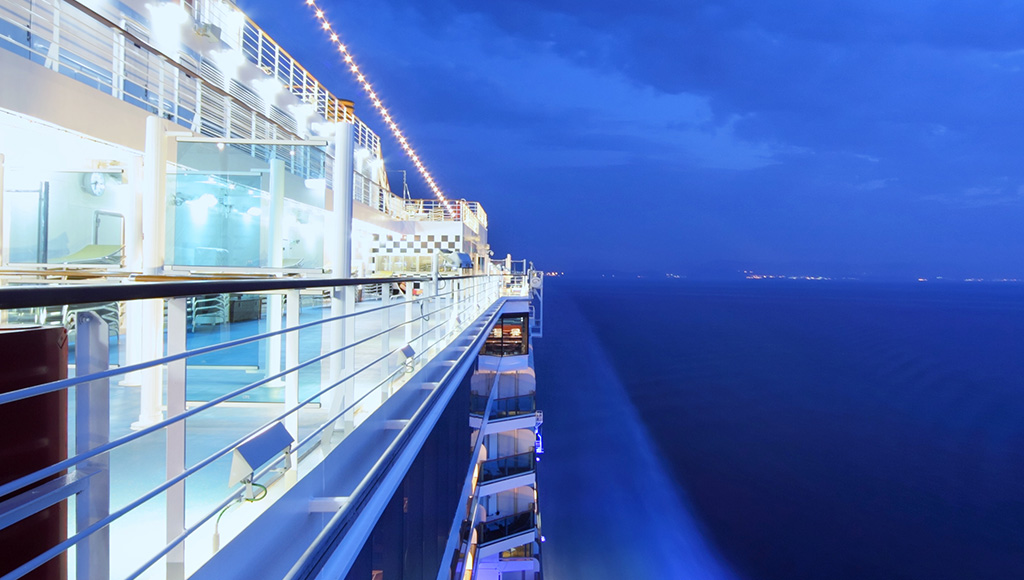The unique features and technology being deployed in polar expedition vessel
Magellan Discoverer is the first hybrid electric polar expedition cruise ship to be built in South America.
The vessel is being constructed for the Chilean tour operator Antarctica21, which offers fly-and-cruise expeditions to Antarctica and sea voyages to the Falkland Islands, South Georgia and Antarctica. The cruise ship will accommodate 76 passengers in 40 cabins across three decks.
The operator explained Magellan Discoverer is being developed in response to the growing interest in fly-and-cruise Antarctic expeditions – a product they claim to have pioneered more than 20 years ago.
Chilean shipyard Asenav, which also deliveredMagellan Explorer in 2019, is responsible for the construction. According to the company’s business development manager, Germán Schacht, “The first vessel was smaller, and although it met Tier III emissions standards, the operator decided to move forward with a new and more sustainable vessel to help protect and study Antarctica.”
But Asenav is not just building the vessel – it also designed it, delivering a custom project for Antarctica21. “We developed a vessel with specific requirements. It’s the first in South America to include Azipod propulsion and hybrid battery power,” Mr Schacht notes.
Magellan Discoverer features several sustainable and energy-saving solutions, such as UV filters for water treatment and a heat recovery system that captures engine heat to warm the ship’s water supply. Additionally, the lifts include a braking system that generates electricity, which is then used to recharge the batteries.
Regarding battery use, Mr Schacht explains they are key to the ship’s operations. “Since these vessels don’t sail long distances in Antarctica, when they are stationary at night in a certain area, they shut off the engines and operate on battery power, eliminating vibrations and noise, which improves passenger comfort. They can also navigate short distances on battery power alone, making it easier to spot marine wildlife such as whales and seals.”
For access to this full feature, please see Passenger Ship Technology Q3 2025





